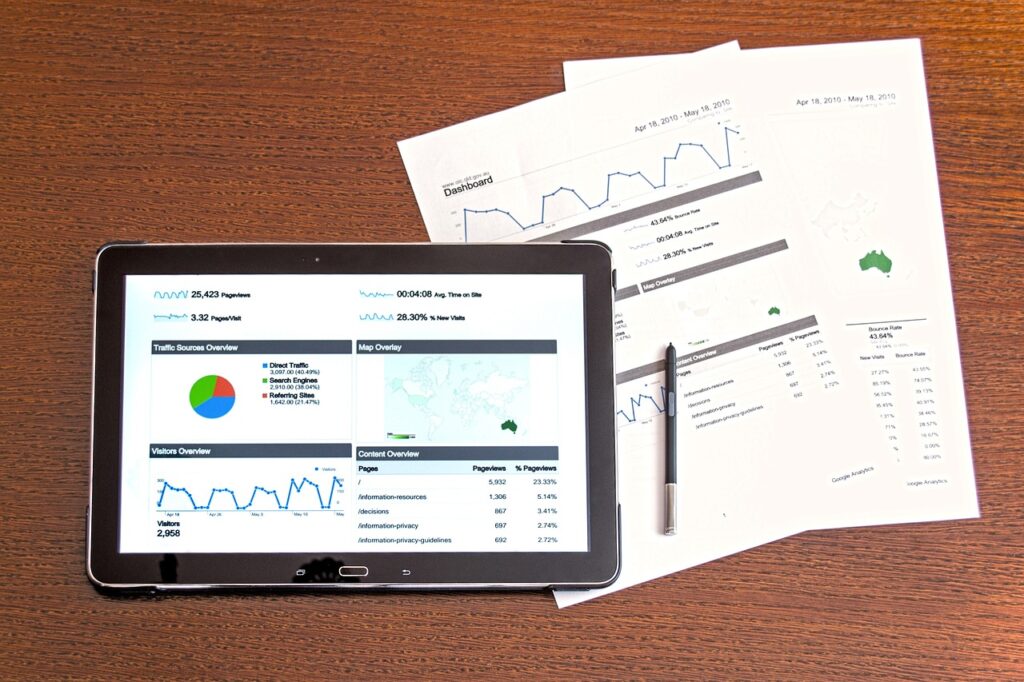Digital marketing and traditional marketing are two broad categories of marketing that businesses use to promote their products and services to consumers. While they share some similarities, such as the goal of driving sales and building brand awareness, they differ in many ways, from the channels used to the targeting and measurement methods. In this article, we will explore the key differences between digital marketing and traditional marketing.
Channels One of the main differences between digital marketing and traditional marketing is the channels used to reach consumers. Traditional marketing typically relies on offline channels, such as television, radio, billboards, and print media. Digital marketing, on the other hand, leverages online channels, such as social media, search engines, email, and websites.
Targeting Traditional marketing often uses broad targeting methods to reach a large audience, such as targeting people based on demographics or geographic location. Digital marketing, however, enables businesses to use more precise targeting methods, such as targeting people based on their interests, behaviors, and online activities. For example, a business can use Facebook’s advertising platform to target people who have shown an interest in their products or services, or people who have visited their website.
Cost Another difference between digital marketing and traditional marketing is the cost. Traditional marketing can be very expensive, with costs often running into the millions of dollars for a single campaign. Digital marketing, on the other hand, can be much more cost-effective, with businesses able to reach a large audience with a relatively small budget. This is because digital marketing allows for highly targeted campaigns, which means businesses can get more bang for their buck.
Measurement Digital marketing offers much better measurement and analytics than traditional marketing. Businesses can track the performance of their campaigns in real-time, and make adjustments on the fly to optimize their results. For example, a business can track the number of clicks, impressions, and conversions generated by an online ad campaign, and adjust the targeting or messaging to improve results. Traditional marketing, however, often relies on less precise measurement methods, such as surveys or focus groups, which can be expensive and time-consuming.
Engagement One of the biggest advantages of digital marketing over traditional marketing is the ability to engage with consumers in real-time. Social media platforms, for example, enable businesses to have direct conversations with their customers, respond to feedback, and build relationships. Traditional marketing, on the other hand, often relies on one-way communication methods, such as television ads or billboards, which don’t offer the same level of engagement.
Conclusion In conclusion, digital marketing and traditional marketing differ in many ways, from the channels used to the targeting and measurement methods. While traditional marketing can still be effective in certain situations, such as reaching a broad audience with a limited budget, digital marketing offers many advantages, including precise targeting, lower costs, better measurement and analytics, and real-time engagement with consumers. As such, businesses looking to promote their products and services should consider incorporating digital marketing into their overall marketing strategy.

